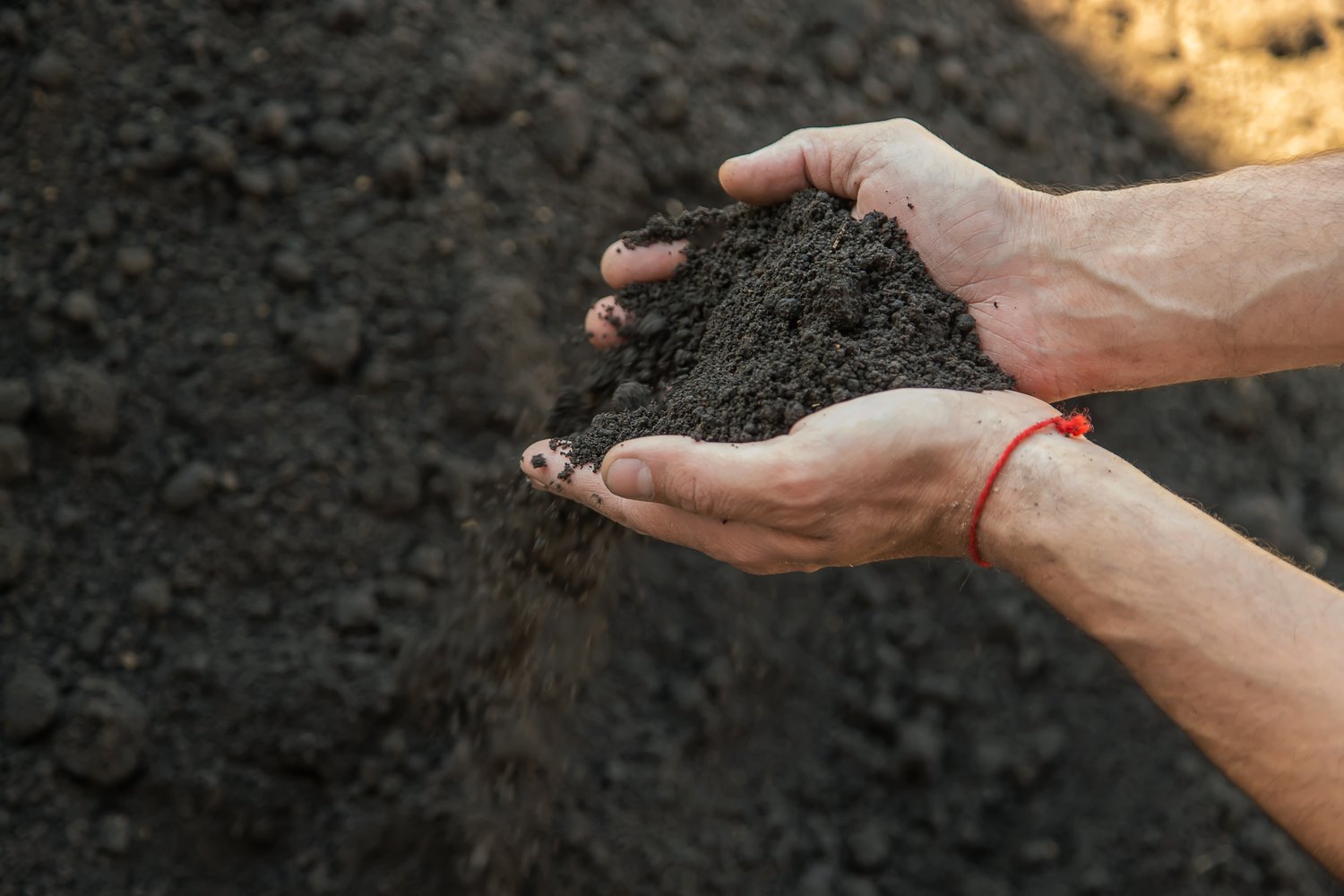Successful gardening begins beneath the surface with your soil. Understanding your garden soil type is the foundation for growing thriving plants and creating a vibrant landscape. Healthy soil for plants provides essential nutrients, proper drainage, and the right environment for beneficial microorganisms. This article will explore the different soil types you might encounter in your garden, explain how to identify what you’re working with, and offer practical strategies for garden soil improvement, including specific techniques to improve clay soil and other challenging conditions.
What Makes Up Garden Soil?
Garden soil is much more than just dirt. It’s a complex ecosystem consisting of minerals, organic matter, water, air, and living organisms. The ideal soil contains approximately 45% minerals (sand, silt, and clay particles), 5% organic matter, and 50% pore space filled with water and air. The proportions of these components determine your soil type and its properties. When gardeners talk about understanding soil type, they’re referring to the texture, structure, and composition that affects how water, nutrients, and air move through the soil. Each garden has unique soil characteristics that can vary even within short distances, which is why personalized garden soil improvement strategies are so important for growing healthy plants.
Identifying Your Soil Type
Before you can improve your soil, you need to know what you’re working with. Most garden soils fall into one of six main categories: sandy, silty, clay, peaty, chalky, or loamy. Sandy soil feels gritty between your fingers, drains quickly, and warms up fast in spring, but it often lacks nutrients. Silty soil has a smooth, soapy texture when wet and retains moisture well but can become compacted. Clay soil feels sticky when wet and hardens when dry, draining poorly but often being nutrient-rich. Many gardeners need to improve clay soil to make it workable. Peaty soil is dark, spongy, and acidic, retaining water but warming slowly. Chalky soil is alkaline and often stony, potentially causing nutrient deficiencies. The ideal is loamy soil, a balanced mixture that provides the best environment for most plants. Testing your soil is simple: take a handful of moist soil and squeeze it. Sandy soil will fall apart, clay will form a sticky ball, and loamy soil will form a loose ball that breaks apart gently when poked.
Testing Soil pH and Nutrient Levels
Beyond texture, understanding your soil’s pH and nutrient composition is crucial for healthy soil for plants. Most plants prefer a slightly acidic to neutral pH between 6.0 and 7.0, though some plants have specific preferences. You can test your soil pH using a simple kit available at garden centers or through your local extension office. These offices also often provide comprehensive soil testing services that analyze nutrient levels, as explained by experts at AskHomey. Knowing your soil’s pH and nutrient status allows you to make targeted amendments rather than guessing what your soil needs, making your garden soil improvement efforts more effective and economical.
Improving Soil Structure
Good soil structure creates the ideal balance of water retention and drainage that plants need to thrive. To improve soil structure, focus on adding organic matter such as compost, aged manure, leaf mold, or well-rotted wood chips. These materials help sandy soils retain moisture and nutrients while helping to improve clay soil by breaking up compaction and improving drainage. For heavy clay soils, consider adding gypsum, which helps separate clay particles without changing the soil pH. Work organic matter into the top 6-8 inches of soil in spring or fall, applying a 2-3 inch layer and mixing it thoroughly. Over time, this ongoing addition of organic material will transform even the most challenging soil into a more garden-friendly medium.
Enhancing Soil Fertility
Fertile soil contains all the nutrients plants need in the right proportions. While chemical fertilizers provide quick nutrient boosts, they don’t improve soil structure or support soil life. For long-term garden soil improvement, focus on building fertility naturally. Compost is the gardener’s gold, providing slow-release nutrients and supporting beneficial microorganisms. Consider starting a compost pile or bin to recycle kitchen scraps and yard waste. Cover crops or “green manures” like clover, rye, or buckwheat can be grown during off-seasons and then turned into the soil to add nutrients and organic matter. Worm castings and compost tea provide gentle nutrient boosts while introducing beneficial microbes. Remember that building healthy soil for plants is a gradual process, with improvements becoming more noticeable each growing season.
Maintaining Soil Health Year-Round
Soil care is an ongoing process rather than a one-time task. Avoid walking on garden beds, which causes compaction. Use mulch to protect soil from erosion, moderate temperature, and slowly add organic matter as it breaks down. Practice crop rotation to prevent nutrient depletion and pest buildup. Consider no-till or minimal-till gardening methods that preserve soil structure and protect beneficial organisms. Each season, add a fresh layer of compost to replenish organic matter. With consistent care, even the most challenging soils can be transformed into productive garden beds that support thriving plants with minimal supplemental fertilizer or intervention.
For more tips and to connect with reliable home service professionals, follow AskHomey on Facebook and Instagram.



